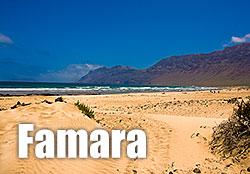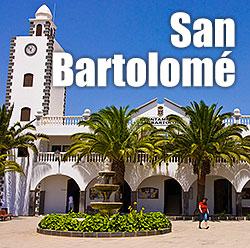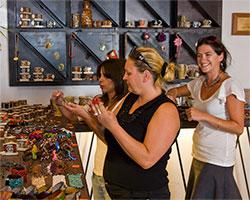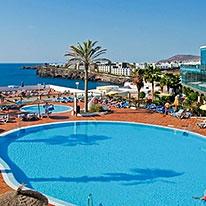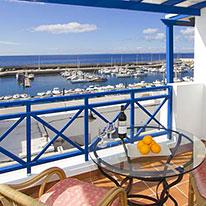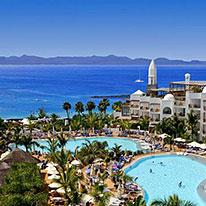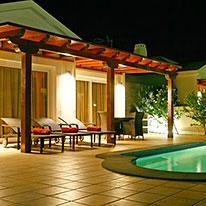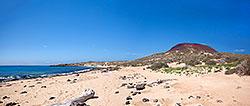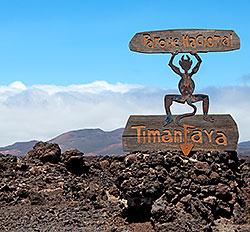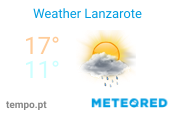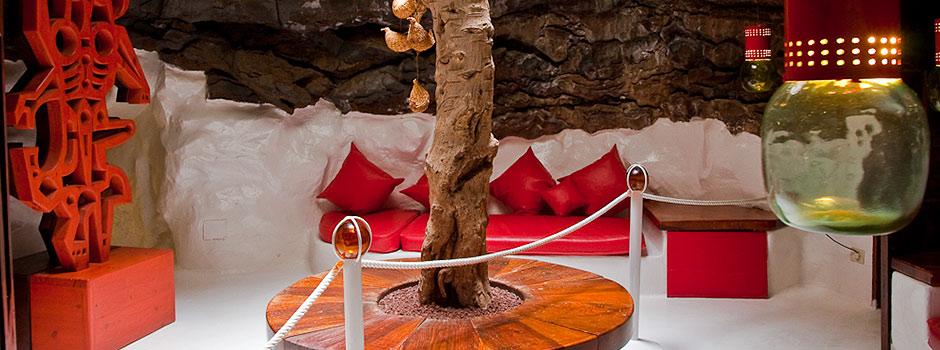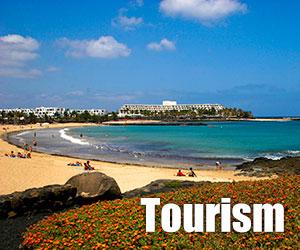When talking about Lanzarote, there is no way of getting around César Manrique – the island’s best-known, internationally renowned artist, who with his outstandingly imaginative skills as painter, sculptor, architect, designer, town-planner and environmentalist created the visual aspect of the island as it can be seen today.
César Manrique was born on the 24th of April 1919 in the Puerto Naos district of Arrecife, Lanzarote’s capital. He had a twin sister, another sister and a brother. His father was a food merchant and his grandfather a notary public, the Manriques represented a typical middle class family without financial burdens. In 1934 the family moved to Caleta de Famara on the north coast, where his father had built a house right on the coast. Until he went to volunteer in the Spanish Civil War on Franco’s side, Manrique spent some of the happiest years of his youth in this house in Caleta, which had left a life-long visible impression on him and he always loved to remember.
His war experiences were so atrocious that he refused to talk about them when he returned home in 1939. At the end of the Spanish Civil War, he took up studies in technical architecture at the La Laguna University in Tenerife, which he abandoned after two years, and from thereon he devoted himself to art.
In 1945 he moved to Madrid where he studied at the Academia de Bellas Artes de San Fernando and graduated as art professor and painter. He prospered in Madrid, Paris and New York and became an internationally acclaimed artist, whose paintings were exhibited across Europe as well as in Japan and the United States. During this time, he also became friends with many famous 20th Century artists and met Pepi Gomez who he later married. Following her death in 1963, Manrique moved to New York where he worked, painted and exhibited some of his early work. He began to feel nostalgia for Lanzarote and finally returned to his native island in 1968 with the intention “to make it one of the most beautiful places on the planet due to the endless possibilities Lanzarote has to offer”. And from then on Lanzarote became César Manrique’s ‘atelier’.
By his genius and inspiration, built heritage was transformed into outstanding architectural masterpieces, ingeniously combining old structures with the modern, many of these buildings housing exceptional art galleries and museums. With his sheer brilliance, bizarre volcanic forms – testimonies to Lanzarote’s volcanic history – were adapted and converted into unique pieces of art in complete harmony with their natural origins. Impressive wind chimes and mobiles, some of them seem like colourful giant toys, and stunning sculptures can be found spread over the island – one even greets visitors arriving at the airport.
César Manrique had an enormous influence on the regional council who gave him free hand to do whatever he wanted. According to his autocratic aesthetic guidelines, no building – except church towers – should be taller than a palm tree. (The only ‘skyscraper’ on the island is one hotel structure in Arrecife but this was built during his absence from the island). He also banned roadside hoardings as well as the tipping of rubbish and electric cables had to be laid underground. He also recommended that all villages should only decorate in white and green – or the odd blue in coastal areas where he allowed it. He encouraged people to renovate their homes and maintain a certain character that is in keeping with the local environment.
Many didn’t know the Puritan-side of Manrique, who did not drink alcohol, did not smoke nor did he allow others to smoke next to him. He usually went to bed early and got up at dawn to start work. It was also typical of him that he didn’t accept any payment for his work on Lanzarote’s public attractions. His recompense was to see visitors as well as Lanzaroteños appreciate the unspoilt beauty of the island.
In September 1992 – at the age of 73 – Manrique was tragically killed in a car accident at a roundabout (about which he had said for years that it was dangerous) near his former home in Taro de Tahíche, which he had donated to the César Manrique Foundation before he retired to Haría. The irony of his death is that he loathed the ever-growing amount of vehicles on the island. Today the foundation is a large attraction with around 300,000 visitors per year.
César Manrique’s biggest achievement is probably – besides his outstanding architectural masterpieces and art works – that he is largely responsible for preserving the island’s natural state. For all his efforts in this respect, Manrique was rewarded the World Ecology and Tourism Award in 1978, and in 1986 he received the Europa Nostra Award for conservation.
He died much too soon but his achievements live on for all to appreciate. Today, many of the islanders see him almost in the light of a secular saint and admirers still bring fresh flowers to his grave nearly every day.
"We began to give back to the island its own original, volcanic character, emphasise its unique landscape and improve and impose a clear, sober, elegant and popular style of architecture."
César Manrique, 1981




